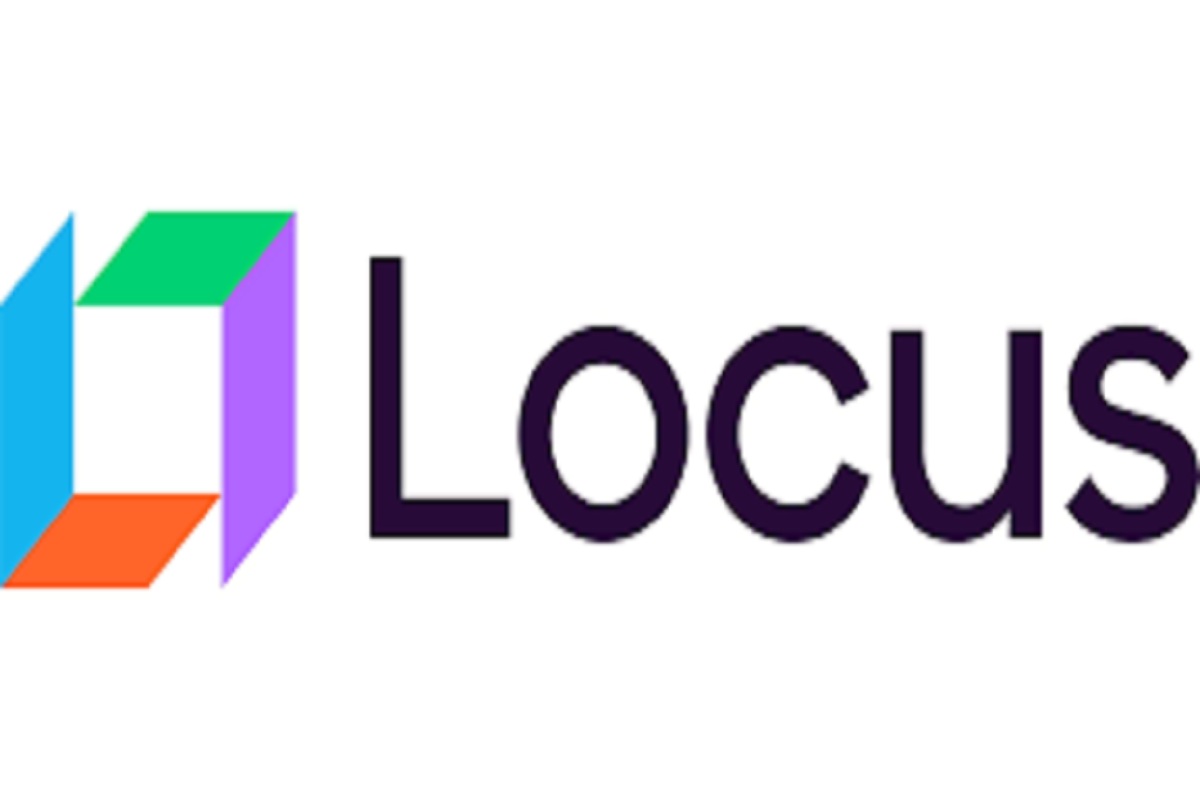Maldives Election
The recent Parliamentary elections in the Maldives have sent ripples across the Indian Ocean, signalling a potential recalibration of diplomatic ties in the region.
Latest addition to the company’s Dispatch Management Platform allows businesses to offer a range of choices in delivery speeds & channels to their customers

Locus Logo
Locus, today announced the launch of Delivery Linked Checkout (DLC), a first-of-its-kind integrated capability that enables retail businesses to achieve profitability in their last-mile logistics. By deploying this new feature, retailers can deliver orders on customer-preferred timelines while maintaining optimal capacity and service efficiencies.
The surge in e-commerce deliveries, coupled with the heightened customer expectations for more efficient and predictable delivery options, has added yet another layer to last-mile complexities. Locus’ Delivery Linked Checkout feature is a strategic enhancement to its Dispatch Management Platform specifically designed to help retailers unlock new fulfillment capabilities and meet increasing demands quickly. Its key features include:
Optimizing deliveries via capacity-led slot bookings: The feature accounts for available capacity, logistics costs, and business constraints, identifying and offering only the available slots upon checkout for end-consumers. This powers first-attempt and on-time delivery rates.
Advertisement
Multiple delivery window options: By providing a wide range of preferred delivery options across 10-minute, express, 2-hour, same-day, or next-day fulfillment, retailers can satisfy customer expectations and capture a broader set of shopper segments. The feature also incentivizes customer loyalty by unlocking preferred delivery windows for high-value customers.
Customer-friendly post-fulfillment journey: It allows customers to choose alternate dates and times for shipment delivery even after order dispatch. It also enables them to cancel an order via the tracking page, resulting in a positive customer experience.
Route optimization: The feature creates precise delivery schedules by factoring in customer availability, clustering deliveries, and reverse shipments from the same service areas to limit the instances of reattempts and failed deliveries; this helps offset carbon emissions, reduce empty miles, and ensure optimal load capacity. It also gives customers options to choose sustainable delivery time slots that facilitate more carbon-efficient route plans.
Advertisement